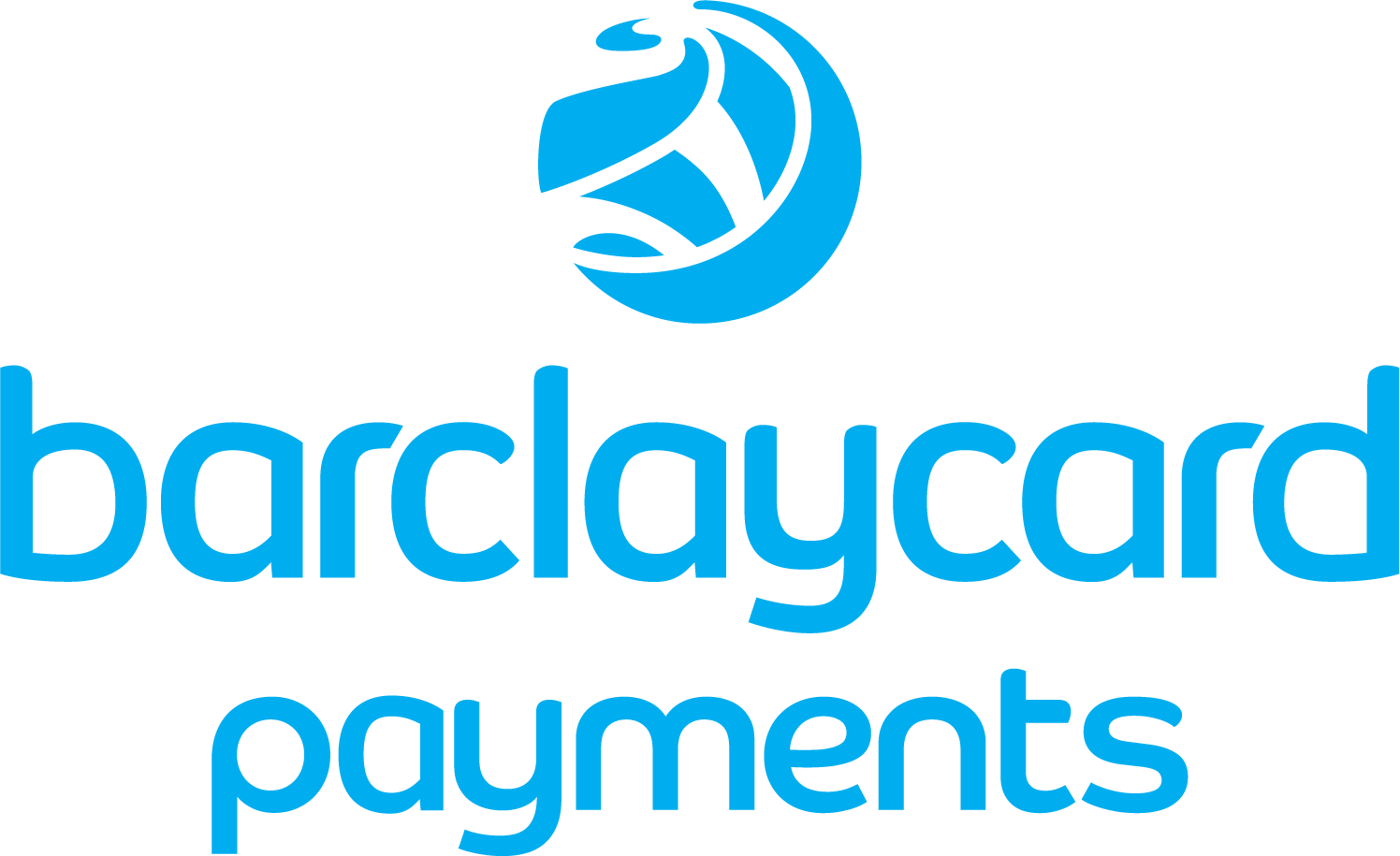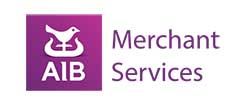- Accept card payments – lowest rates from 0.27%
- Keep your card processing fees to a minimum
- Direct access to the UK’s leading card processing banks
- We ensure your rates always remain competitive
No spam emails or calls
Choose from the payment methods then click Next
What's your turnover each month?
Enter the name of your company
Enter your company's postcode and contact number






Understanding NFC to Pay: A Guide to Contactless Payment Solutions
In today’s fast-paced digital world, contactless payments have revolutionised the way we pay for goods and services. Among the most popular technologies enabling this seamless experience is Near Field Communication (NFC), which powers NFC mobile payments like Apple Pay and Google Pay.
For businesses and consumers alike, understanding how NFC payments work is essential to leveraging this secure and efficient payment method. This guide explores NFC technology, its benefits, security features, and how businesses can start accepting NFC payments.
What is NFC Technology?
Near Field Communication (NFC) is a short-range wireless technology that allows two NFC-enabled devices to communicate when they are in close proximity—typically within a few inches. It operates on radio frequency identification (RFID) principles, enabling secure data exchange without physical contact.
How Does NFC Work?
NFC facilitates contactless transactions by establishing a connection between:
- A payment terminal (such as an NFC-enabled card reader)
- A customer’s NFC-enabled device (smartphone, smartwatch, or contactless card)
When a user taps to pay, the NFC device transmits encrypted payment data (like a customer’s card number) to the payment device, completing the transaction in seconds.
How Do NFC Mobile Payments Work?
NFC mobile payments rely on card emulation, where a smartphone or wearable device mimics a physical card. Here’s how it works:
- Setup: A user adds their credit or debit card to a mobile wallet app (e.g., Apple Pay, Google Pay).
- Authentication: For security, payments require biometric verification (like Face ID) or a PIN.
- Transaction: The user holds their mobile device close to an NFC-enabled terminal, and the payment is processed securely.
This contactless payment method is faster and more secure than traditional card payments, as it uses tokenisation to protect payment information.
Benefits of NFC Payments
1. Speed and Convenience
- No need to insert or swipe a card—just tap to pay.
- Faster than EMV chip cards or cash transactions.
2. Enhanced Security
- NFC payments use encryption and tokenisation, replacing the customer’s card number with a unique digital token.
- Requires authentication (Face ID, fingerprint, or PIN).
- More secure than magnetic stripe cards, which are prone to skimming.
3. Wide Acceptance
- Most UK businesses now use contactless card readers.
- Compatible with Apple Pay and Google Pay, as well as contactless cards.
4. Supports Multiple Devices
- Works on mobile devices, wearable devices, and NFC-enabled credit/debit cards.
How Businesses Can Accept NFC Payments
To start accepting NFC mobile payments, merchants need:
1. An NFC-Enabled Payment Terminal
- Ensure your payment device supports NFC contactless payments.
- Look for NFC-enabled readers from providers like Square, SumUp, or Worldpay.
2. A Merchant Account
- Required to process credit card payments and NFC transactions.
3. Compliance with Security Standards
- Follow EMV chip card and PCI DSS security protocols.
4. Promote Contactless Payments
- Display NFC payment logos (Apple Pay, Google Pay, contactless symbol).
- Train staff to assist customers with tap to pay.
Are NFC Payments Safe?
A common concern is: “Are NFC payments safe?” The answer is yes—here’s why:
- Tokenisation: Instead of transmitting the actual customer’s card number, NFC uses a one-time token.
- Short-Range Communication: Since NFC requires two devices to be within a few inches, the risk of interception is minimal.
- Biometric Authentication: Requires Face ID, fingerprint, or PIN for verification.
Compared to traditional card payments, NFC transactions are significantly more secure.
NFC vs. Other Contactless Technologies
While NFC is widely used, it’s often compared to:
- RFID (Radio Frequency Identification): Used in key fobs and inventory tracking but lacks the security of NFC.
- QR Code Payments: Requires scanning, whereas NFC is faster with just a tap.
- Bluetooth Payments: Longer range but slower and less secure than NFC.
NFC strikes the perfect balance between speed, security, and ease of use.
Future of NFC Payments
The adoption of NFC technology continues to grow, with trends including:
- More wearable devices (smartwatches, rings) supporting NFC mobile payments.
- Expansion of digital wallet usage beyond Apple Pay and Google Pay.
- Increased contactless transaction limits in the UK (now up to £100).
As consumers and businesses embrace contactless mobile payments, NFC will remain a cornerstone of modern payment solutions.
Conclusion
NFC to pay has transformed the way we handle transactions, offering speed, security, and convenience. Whether you’re a consumer using Google Pay or a business accepting NFC payments, understanding this technology is key to staying ahead in the digital economy.
By adopting NFC-enabled terminals and promoting contactless payment methods, merchants can enhance customer experience while ensuring secure, fast transactions.
Embrace the future of payments—tap to pay with NFC today!
FAQs About NFC Payments
Q: What devices support NFC payments?
A: Most modern mobile devices, wearable devices, and contactless cards support NFC.
Q: Can NFC work without an internet connection?
A: Yes, NFC transactions don’t require internet, but the payment terminal may need connectivity for processing.
Q: Is there a spending limit for NFC payments?
A: In the UK, the limit is £100 per contactless transaction, though some mobile wallets allow higher amounts with authentication.
Q: How do I know if a business accepts NFC payments?
A: Look for the contactless symbol (four curved waves) or Apple Pay/Google Pay logos at checkout.
By integrating NFC technology, businesses and consumers alike can enjoy a seamless, secure payment experience.